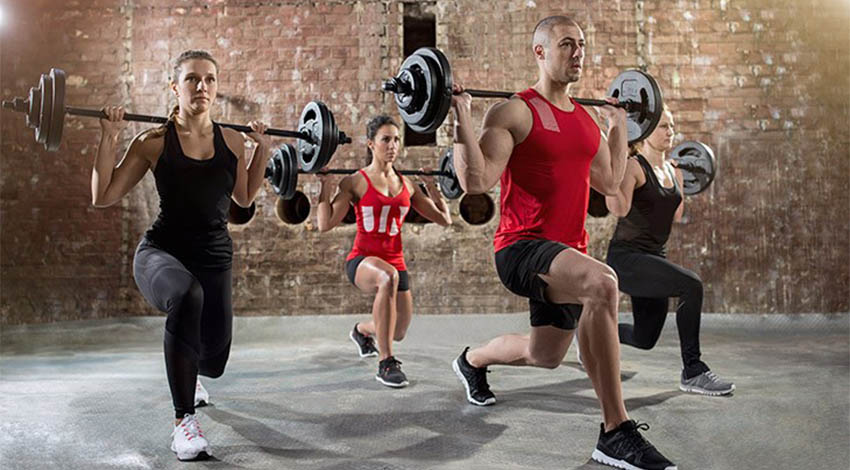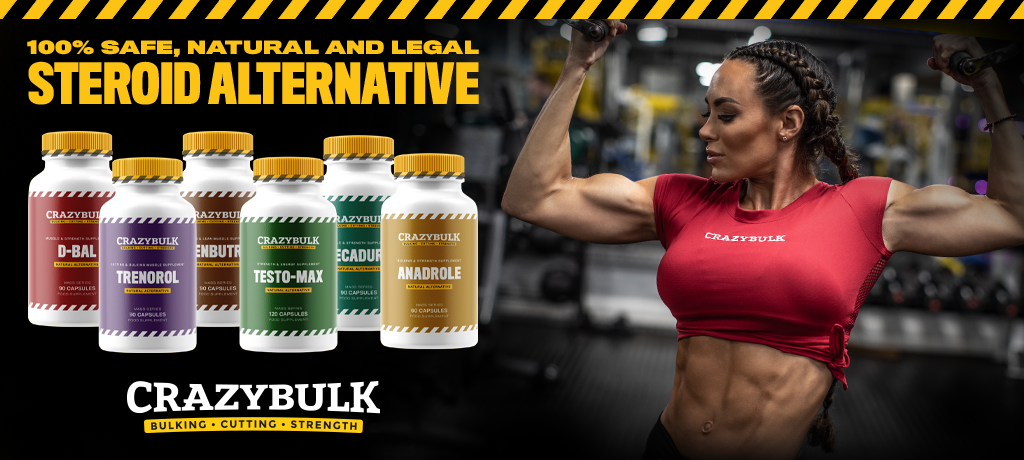It’s often remarked that athletes fall into two distinct categories: those who have a passion for cardio and those who could do without it. Yet, even the naysayers recognize cardio’s undeniable benefits. It’s a necessary component in athletic training, known for its fat-burning capabilities, endurance enhancement, and overall contribution to an ideal physique.
Furthermore, integrating cardio can elevate the results from strength training. It assists in mobilizing body fat and facilitates efficient fat oxidation. However, the debate persists: Which type of cardio reigns supreme – low-intensity or high-intensity? While low-intensity aerobics enjoys widespread acclaim from both professionals and fitness enthusiasts, emerging research highlights the superior calorie-burning potential of High-Intensity Interval Training (HIIT). Let’s delve deeper into their distinct features.
Unraveling the Intricacies of Body’s Fat Oxidation
At the heart of weight loss through training lies the body’s ability to release fatty acids and oxidize them to produce energy. On the surface, the process might seem straightforward: hit the gym, engage the muscles, expend energy, and voila, the fat starts melting. Yet, the ground reality is more intricate. Regular strength training doesn’t always guarantee the fat loss one might anticipate, largely because of the body’s specific fat oxidation mechanism. For effective weight loss, the presence of oxygen is paramount as it’s vital for the oxidation of fats.
Broadly, our body utilizes two energy sources during physical activities:
- Rapid Energy Source: This includes anaerobic and aerobic glycolysis, drawing from ATP, creatine-phosphate, and glycogen reserves. Here, aerobic glycolysis breaks down glucose into carbon dioxide and water. Although it’s a quick energy source, it lasts longer. This form of energy suits elite athletes with advanced oxidative capabilities. For the average individual, this energy source isn’t as accessible.
- Sustained Energy Source: Derived from the process of aerobic lipolysis, this energy is a byproduct of fat oxidation. Certain steroids, such as Winstrol and Trenbolone, can enhance the body’s fat-burning processes.
Exploring Low-Intensity Cardio: Insights, Pros, and Pitfalls
Core Principle: Classic cardio primarily hinges on the aerobic oxidation system.
Ideal Heart Rate: Engage in low-intensity cardio within the medium-intensity range (targeting a heart rate of 65-70% of one’s maximum) and extend the duration between 20 to 60 minutes. The execution pace remains consistent, known as the ‘steady state’.
Benefits: Adopted in bodybuilding, it’s proficient at burning fat, bolstering stamina, and conferring several other aforementioned benefits.
Examples: Moderate-intensity sessions on an elliptical machine epitomize this approach.
Key Insight: Surprisingly, the most advantageous and natural form of cardio is simple walking. The human anatomy is designed for it. Walking parallels traditional cardio’s fat-burning effects but lacks its drawbacks like joint strain or risks of injuries and overtraining. To optimize fat oxidation, walk more.
Do’s: Utilize low-intensity cardio as a warm-up before strength training, but restrict it to a maximum of ten minutes. More extended cardio sessions are best performed post-resistance training.
Don’ts: Refrain from elongated low-intensity workouts before resistance exercises, as it might hamper muscle mass growth and strength development.
For more insights, check out our comprehensive guide on the top 30-minute cardio exercises, suitable for both home and gym settings.
High-Intensity Cardio Workouts: Best Practices & Cautions
Core Principle: High-intensity interval training (HIIT) centers around sequences of short, vigorous exercise bursts followed by moderate recovery phases.
Suggested Heart Rate Pattern: A typical HIIT session could be structured as:
- 5-minute warm-up at 50% of HR max
- 3-5 intervals comprising:
- 30 seconds at 70-85% of HR max
- 60-second recovery at 45-65% of HR max
- 5-minute cooldown at 50% of HR max
Benefits: HIIT is renowned for its remarkable fat-burning capabilities. For home workouts using body weight, intersperse intense movements like burpees, lunges, push-ups, jumps, and sprints with milder exercises such as jogging in place or arm and leg swings. This methodology, endorsed by fitness experts like Jillian Michaels, is the secret behind the efficacy of her widely-acclaimed video courses.
Key Considerations: It’s vital to exercise moderation with HIIT. Overzealous routines, like undertaking HIIT daily or even twice a day, can strain the heart, joints, and nervous system. It’s recommended to limit HIIT sessions to once or twice a week to harness its benefits without risking overtraining.
Do’s: Engage in HIIT post strength exercises or during rest days. Chrissy Kendall, a renowned fitness expert, advises, “HIIT should be avoided after taxing leg or back sessions as it might be too strenuous.”
Don’ts: Avoid overly strenuous exercises during HIIT. As Kendall suggests, one must possess a decent level of general fitness and cardiorespiratory endurance without any joint or soft tissue issues. For novices, a gentler ‘low impact HIIT’ can be adopted, comprising four exercises, each for 20 seconds, followed by 10-second rests, and repeated four times.
For more on effective HIIT regimens spanning 20 and 30 minutes, explore our article. Also, delve into our piece discussing steroids that aid in fat burning.
Low Intensity Vs. High Intensity Cardio: A Comparative Analysis
Both low and high-intensity cardio workouts offer unique advantages and bear some limitations. A prevalent misconception is that low-intensity treadmill sessions, especially walking, lead to substantial fat burn. Although walking holds benefits, its efficacy for fat burning requires prolonged and consistent engagement.
In essence, post anaerobic exercises, the body’s energy demand diminishes rapidly, halting fat oxidation. In contrast, HIIT maintains heightened energy requirements for extended durations, ranging from a few hours up to an entire day.
Prolonged low-intensity cardio can inadvertently lead to muscle degradation alongside fat due to the energy-intensive nature of these workouts. In cases of insufficient energy sources, the body resorts to utilizing amino acids from muscle tissues, which can be mitigated with BCAA supplements. Such a pattern can lead to a skinny-fat physique. Yet, for active recovery, a gentle low-intensity cardio regimen is unparalleled. It augments blood flow to muscles, expedites toxin elimination, and promotes tissue repair.
HIIT, on the other hand, not only tones the body but also fortifies the muscular system. A salient benefit of HIIT is its robust impact on cardiovascular health.
However, HIIT isn’t universally suitable. Individuals with cardiac or vascular issues should seek medical advice before embarking on HIIT routines. Despite the allure of low-intensity workouts, HIIT boasts superior fat-burning efficiency. But it’s essential to note that only those with prior training and sound health can maximize HIIT’s potential.
For beginners and those with cardiac conditions, traditional cardio remains invaluable. It assists in building aerobic endurance, fortifying the heart, and progressively integrating into a regular exercise regimen, all of which can be achieved through consistent low-intensity workouts.

